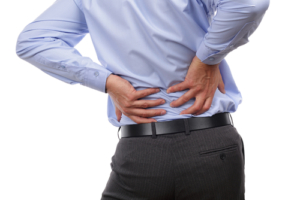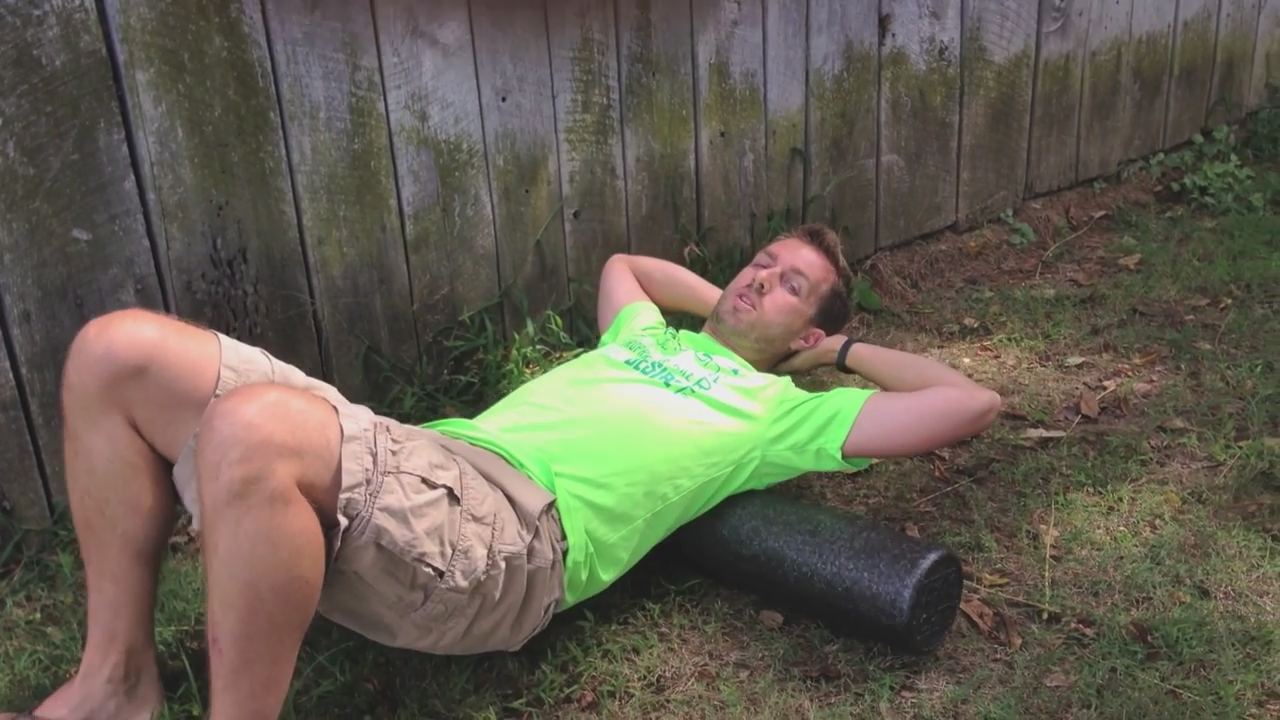As a chiropractor, I am often asked for the best spine-strengthening exercise. This is a difficult request because the answer is dependent on the needs of each individual patient. A more accurate quest is for the exercises that produce the best posture. Additionally, there are exercises that EVERYONE should avoid.
Sit-Ups: The exercise everyone should avoid
The easiest way to break a metal wire is to bend the metal at one spot back and forth until it fatigues. Eventually, the metal will become so weak that it breaks. In engineering terms, this is referred to as repeated stress/strain reversals. This example applies directly to our spine. Our spine discs are not ball in sockets. They are similar to the wire in the above example. Repeating sit-ups over and over, repeatedly bending the spine, will fatigue the weakest link or a particular disc and eventually lead to spinal injury. This leads us to the question: “How do we build core strength without doing sit-ups?”
Stir the Pot: The sit-up alternative
An exercise that can develop tremendous core strength and avoid potentially damaging spinal flexion is called “stir the pot.” You can find a great description in this video: https://www.youtube.com/user/coreroanoke.
Stretching the Back and Hamstrings: It is just not worth it
Stretching is a controversial area. Many people find the short-term benefits of stretching helpful but overlook the long-term consequences. Stretching the neck, shoulders, back, and hamstrings may feel good, but as the stretch receptors are stimulated, the neural tissues are stretched causing more stiffness the next day. Worse yet, are those who may have stiffness due to disc bulges. Stretching can make the bulges larger.
 Squats: The fix for a tight back
Squats: The fix for a tight back
Immobility of the hip joint has a proven correlation with back issues. Hip tightness can form a tight or compromised hip joint capsule, tight muscles, or neural tension. A disc bulge in the spine creates neural tension. This makes static stretching, for these patients, counter productive. Interestingly, static stretching deadens the muscle from a neural perspective, diminishing the stretch reflex and reducing peak strength and power. On the other hand, “active flexibility” facilitates muscle contraction and wakes up the neural system. Squats can be a great exercise to mobilize a tight hip joint and lengthen the muscles surrounding it. The principle is to have the joints in motion and the elongated muscles under neural drive. Tight muscles should be tuned and enhanced for performance, not stretched away as if they are evil.
Shoulder Shrugs: A big problem for the athlete and computer connected individuals
Relaxed shoulder muscles are necessary for athletes engaged in running, throwing a ball, swinging a club or racquet, and even riding a horse. People with headaches, neck pain, and shoulder pain frequently complain of tight shoulders as well. One exercise all individuals should avoid is the shoulder shrug. This exercise is commonly performed in the gym, but it is also performed during daily life. Sitting at the computer, texting on the phone, propped up on the couch, even carrying a purse will create a shoulder shrug exercise. This harmful exercise creates undue stress on the spine and weakens the stabilizers of the neck and shoulders. Your chiropractic adjustment is one of the most effective treatments for this problem. Below, we will explore alternative exercises to improve shoulder posture and strength.
Foam Rolling and Push-ups: The fix for the slump
These two activities are fantastic for proper head, neck, and shoulder positioning. They can easily be performed daily to improve scapular positioning and control. Try foam rolling after you have been sitting at work or in the car for long periods of time. Push-ups off of an unstable surface work well to improve balance and stability of the shoulder joint.
See our additional handout on the ten best exercises to strengthen your neck and back.

Dr. Daryl Rich, DC, CSCS






